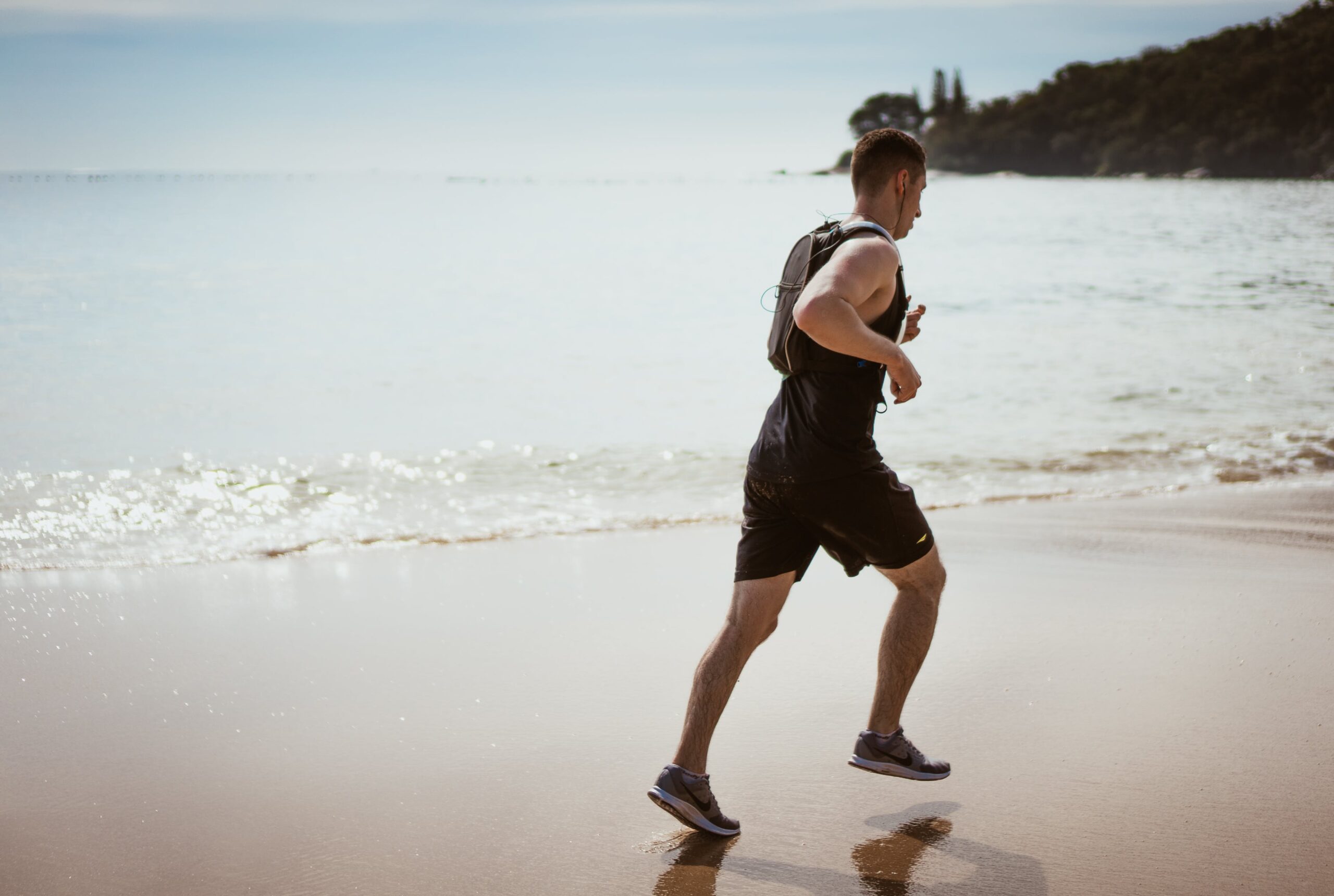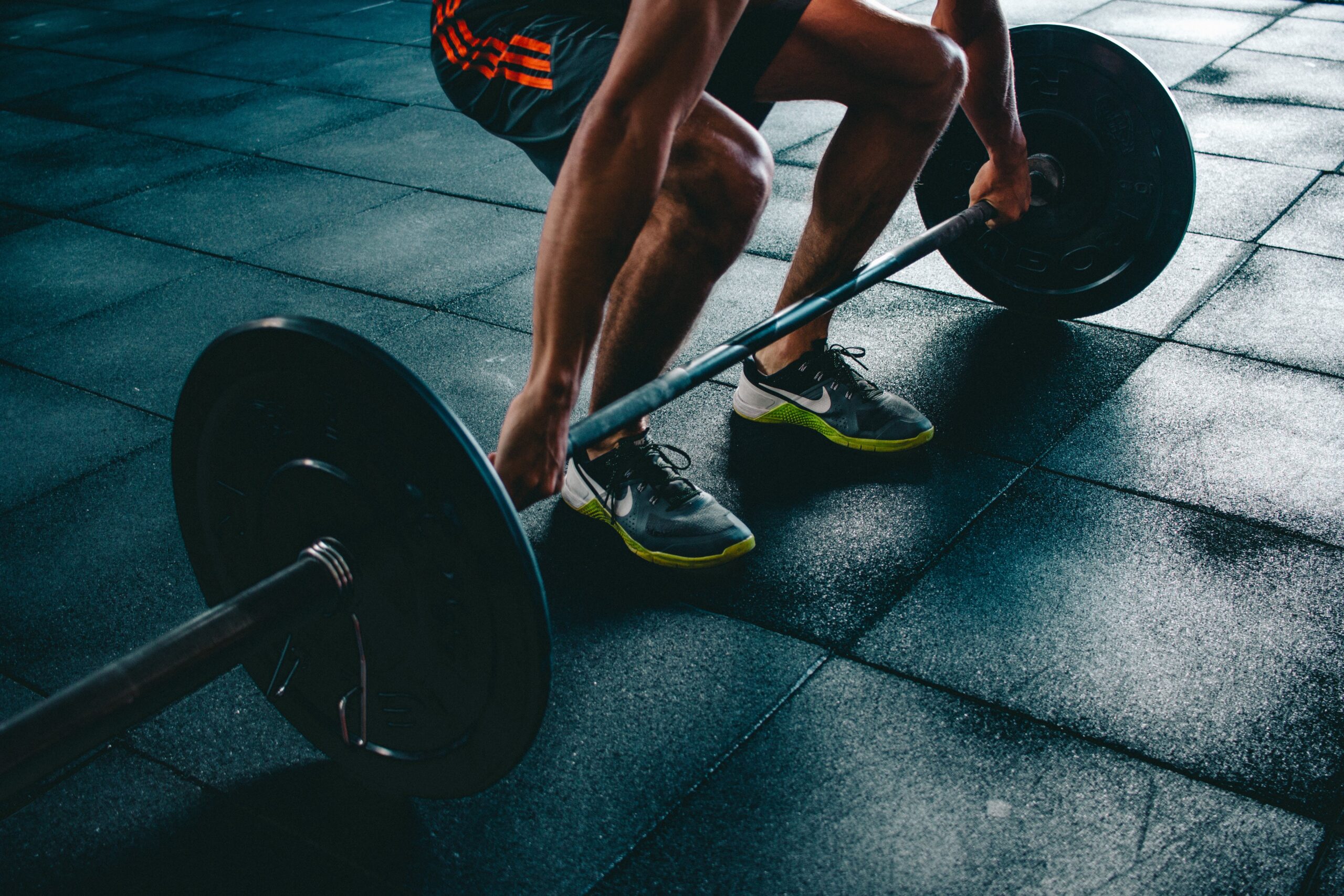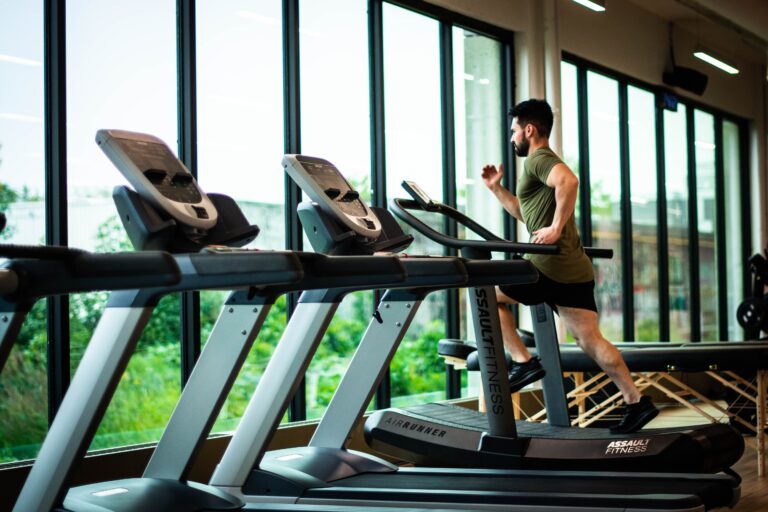There is a growing body of evidence indicating that the timing of our exercise routines can significantly impact both performance and overall health. As the world’s elite athletes prepare to compete in the upcoming Olympic Games in Paris, a closer look at the clock may hold the key to achieving record-breaking feats.
Recent research, spanning four Olympic Games from Athens in 2004 to Rio in 2016, scrutinized the swim times of 144 medal-winning athletes. Surprisingly, their fastest performances were consistently observed in the early evening, around 5:12 pm. This discovery aligns with a broader trend suggesting that physical performance exhibits distinct variations based on the time of day.
The influence of timing extends beyond the realm of decorated Olympians, as even recreational cyclists demonstrate quicker time trial results during the evening hours. Notably, resistance exercise is particularly susceptible to time-of-day effects, with performance peaking typically between 4 pm and 8 pm. Intriguingly, these effects appear to differ between men and women.
For those constrained by a schedule that allows only for morning workouts, there is hope. Emerging indications suggest that it might be feasible to adjust one’s peak performance time through strategic adjustments to the timing of athletic activities. This evolving understanding of circadian rhythms challenges the conventional notion that exercise benefits are constant throughout the day, opening up possibilities for optimizing individual workout schedules.

At the core of the disparities in our body’s exercise performance and response lies the intricate network of circadian rhythms—the body’s internal clock orchestrating behaviors like sleep and appetite over a 24-hour period.
The primary clock, nestled in the hypothalamus of the brain and known as the suprachiasmatic nucleus, responds to light signals from the optic nerve. This central pacemaker communicates with peripheral clocks in various organs, muscle, and fat tissues, ensuring overall bodily synchronization. Remarkably, these peripheral clocks can be influenced by external cues like meal timing and activity. For instance, the “skeletal muscle clock” responds to exercise, allowing it to be fine-tuned by engaging in regular workouts at different times.
While this adjustment can impact performance, it also has repercussions on the health benefits derived from exercise. Juleen Zierath, an exercise physiologist at the Karolinska Institute in Sweden, has delved into the intersection of exercise and circadian rhythms. Her research, particularly with mice, revealed that morning exercise led to increased fat burning. Zierath suggests that optimizing the time of day for exercise could enhance the health benefits, especially for individuals grappling with metabolic conditions like type 2 diabetes and obesity.
Zierath notes, “Everybody agrees that exercise is good, irrespective of time-of-day, but one can maybe fine-tune the metabolic outcomes of the exercise based on when you exercise.”

Supporting this idea, a recent human study demonstrated that a diverse exercise routine comprising resistance training, interval sprints, stretching, and endurance, performed for an hour once a week in the morning, reduced abdominal fat and blood pressure in women. Interestingly, when the same exercises were done in the evening, they amplified muscular performance in women. For men, evening exercise contributed to lower blood pressure and increased fat breakdown.
However, it’s crucial to acknowledge that research in this domain is still unfolding, and some recent analyses suggest that evidence regarding the advantageous time-of-day effects on exercise performance or health benefits remains somewhat inconclusive.
A significant factor contributing to the diverse effects of exercise timing is the inherent variability among individuals. The timing of peak athletic performance, for instance, differs markedly between those with early chronotypes, commonly referred to as morning larks, and individuals with late chronotypes, known as night owls.
Karyn Esser, a physiologist at the University of Florida in Gainesville, highlights these variations, stating, “There are variations in the timing of our clocks. Those of us that are larks have a clock that likely runs a little bit less than 24 hours, and those of us that are owls probably have a clock that runs a little bit more than 24 hours.”
Understanding your own circadian rhythms becomes crucial in optimizing performance, as aligning your workout schedule with your body’s natural tendencies can enhance results. However, if your circadian rhythms don’t perfectly align with the times you have available for exercise, there is promising evidence that engaging in physical activity may serve to “reset” your muscle clock. This suggests that the benefits of exercise extend beyond the immediate physiological effects, potentially influencing and recalibrating the body’s internal timekeeping mechanisms.

Karyn Esser emphasizes the idea that our muscle clocks are responsive to the timing of our training sessions. The researchers propose that establishing a consistent routine is pivotal, as the body appears to adapt more effectively to training when it is consistently performed at the same time each day.
Juleen Zierath advocates for race-day-specific training, emphasizing the importance of timing training sessions to align with the anticipated peak performance time during competitions. While researchers unanimously affirm the overall benefits of exercise at any time, they highlight that maintaining a regular workout schedule can lead to additional adaptations, potentially providing individuals with a competitive edge.
In conclusion, while exercising at any time yields positive outcomes, adhering to a consistent workout schedule may prompt the body to undergo specific adaptations, potentially offering an advantageous edge, particularly for those seeking peak performance in competitions or specific events.

TRUTH SEEKER
Instantly run a Quiz with friends... about the article. Interact more & analise the story. Dig in, catch out biased opinions, and "fact check" with TRUTH SEEKER by ONENETWORK WELLINGTONLIVE 👋
Do you agree with the main argument of this article?
Total votes: 0
According to the article, when do medal-winning athletes show their fastest performances?
Bias Analysis
Fact Check Summary
True
Source: Juleen Zierath's research at the Karolinska Institute in Sweden
True
Source: Recent human study








